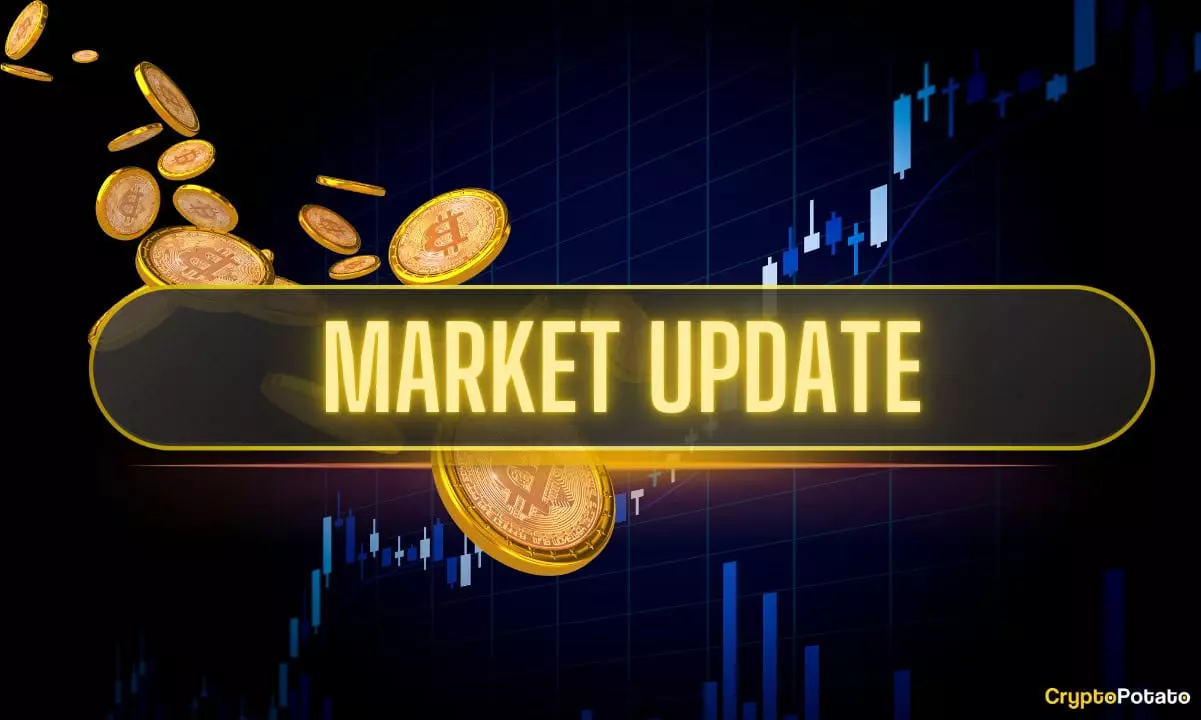The recent executive order signed by President Donald J. Trump holds significant implications for the cryptocurrency market. As the U.S. government prepares to fortify its Bitcoin reserves—well over 190,000 BTC valued at approximately $17 billion—many crypto enthusiasts anticipated a surge in Bitcoin prices. Yet, the immediate market reaction was anything but favorable. This dichotomy illustrates the complexity of the crypto ecosystem where government actions can sometimes provoke skepticism rather than elation among traders. The short-lived price spike to $95,000 post-announcement was swiftly followed by a sobering reality check, witnessing BTC tumble to the $82,000 mark just two days later.
This volatile behavior signals a fundamental truth about cryptocurrency: sentiment often trumps logic in the short term. While Trump’s order could signal a new era of institutional legitimacy for Bitcoin, the market initially reacted with hesitation. Such sell-the-news dynamics are not uncommon in the crypto world, where traders feast on speculation but retreat from concrete developments.
The Influence of Government Policies on Market Dynamics
The cryptocurrency market operates on a foundation of speculation and unpredictability, influenced heavily by regulatory nuances. Analysts are already drawing connections between the declining Dollar Index and crypto prices. A weakened U.S. dollar could breathe new life into Bitcoin and its altcoin counterparts, which could offset some depreciation in fiat currencies. In a politically charged atmosphere where economic policy seems subject to whims, the forthcoming devaluation of the dollar may unexpectedly fuel bullish trends in digital assets.
Furthermore, Trump’s insistence on creating a U.S.-based crypto reserve featuring Bitcoin and select altcoins poses risks and rewards. While such moves might encourage adoption at the institutional level, it could also render the decentralized ethos of cryptocurrencies somewhat obsolete. If the government monopolizes Bitcoin ownership in a storage reserve, will the asset retain its appeal to the average user or investor? This balancing act requires careful navigation and suggests that while government involvement can inject fiat legitimacy into cryptocurrencies, it may also compromise their foundational principles of decentralization.
Alternative Cryptocurrencies: Their Time to Shine or Just Side Notes?
In the wake of Trump’s announcement, altcoins have experienced a rollercoaster of their own. The inclusion of various altcoins like XRP, SOL, and ADA in potential crypto reserves raised hopes among traders, spurring a brief surge in their values. This immediate reaction, however, underscores a crucial lesson: speculation still reigns supreme. The hope of being part of a U.S. strategic reserve elevated prices temporarily, only to see many of those gains retrace swiftly.
The cryptocurrency arena has long been a battleground between Bitcoin supremacy and the growing capabilities of altcoins. However, juxtaposing the future of altcoins within a government reserve adds layers of complexity to their adoption. If that inclusion were to come to pass, would these altcoins still operate independently, or would they become tools in a larger governmental scheme designed to perpetuate state power?
Global Perspectives: The Case of El Salvador
Meanwhile, leaders like El Salvador’s Nayib Bukele, who defy international financial institutions such as the IMF by firmly standing by Bitcoin, add intricate layers to this narrative. Bukele has pledged to continue expanding his country’s Bitcoin holdings despite pressures, creating a dichotomy between nations embracing Bitcoin openly and those hesitant due to regulatory constraints. His defiance exhibits an assertive confidence in crypto’s potential as a transformative economic tool—an outlook that many investors find compelling.
Bukele’s stance raises substantial questions regarding the role of national policy in shaping Bitcoin’s future. It reveals a fascinating contrast between governments navigating the new realm of digital currencies and those who shun it out of fear or misunderstanding, often exacerbating global wealth disparities.
Contrarian Thinking: Is Low Sentiment a Blessing in Disguise?
Ethereum sentiment has recently dipped to yearly lows, rattling investors who fear that it may never break through the $2,000 threshold again. However, could this pessimism create opportunities for shrewd investors? For those who believe in the long-term viability of cryptocurrencies, these market conditions may herald a contrarian play.
Conversely, bearish sentiment can lead to volatile downturns. While low levels of enthusiasm do not often bode well, they serve as a crucible for discerning which assets are resilient enough to withstand the storm. Given that economic indicators and regulatory decisions are shifting rapidly, many digital assets may yet showcase resilience and adaptability in these uncertain times.
Watch closely as upcoming events like the White House crypto summit might further ripple through the market. Speculation, regulation, and emotional reactions will continue to shape this evolving landscape where fortunes can change in a heartbeat. Whether you are a skeptic or a staunch supporter of blockchain technology, remaining agile in this unpredictable arena remains the key to success.















